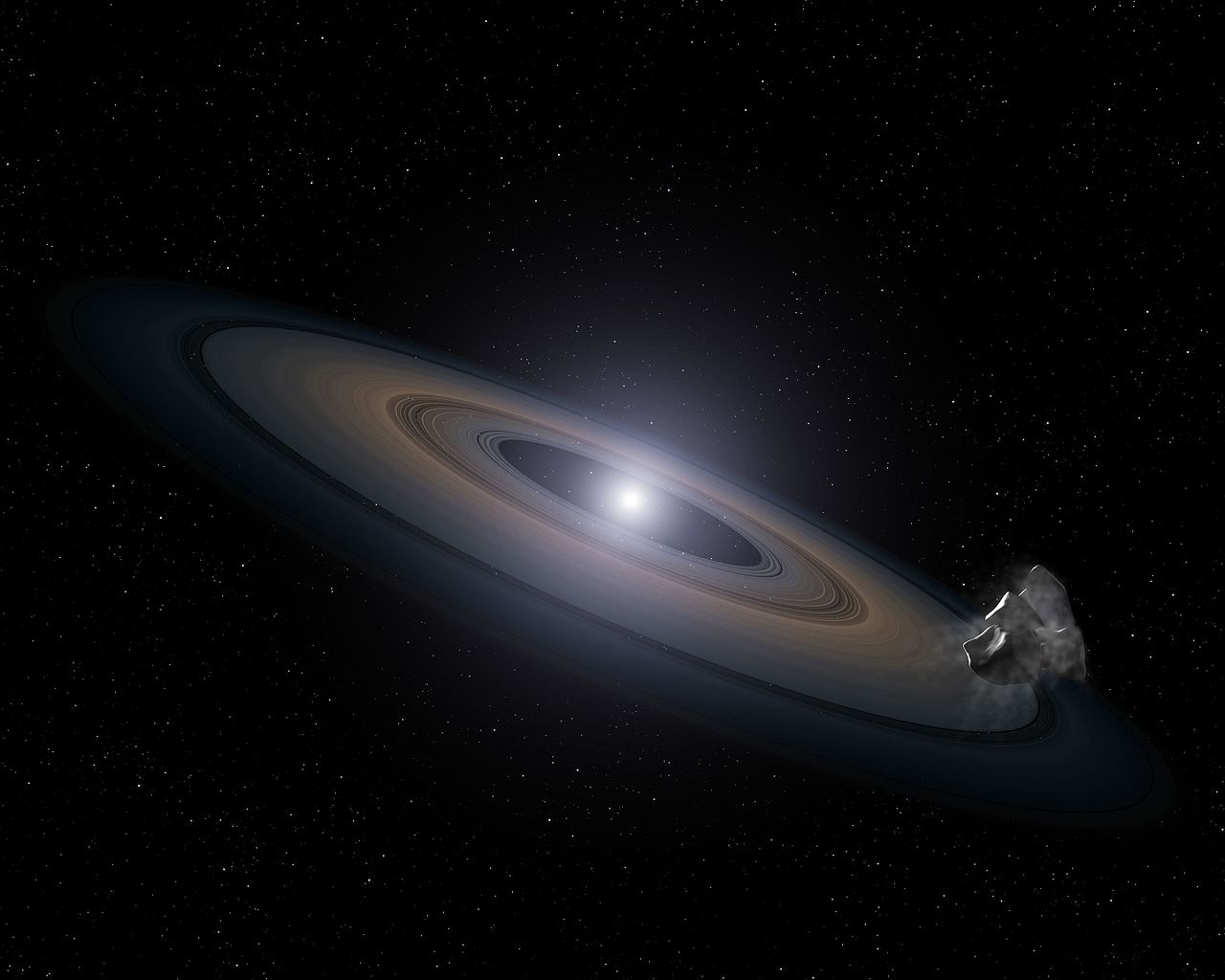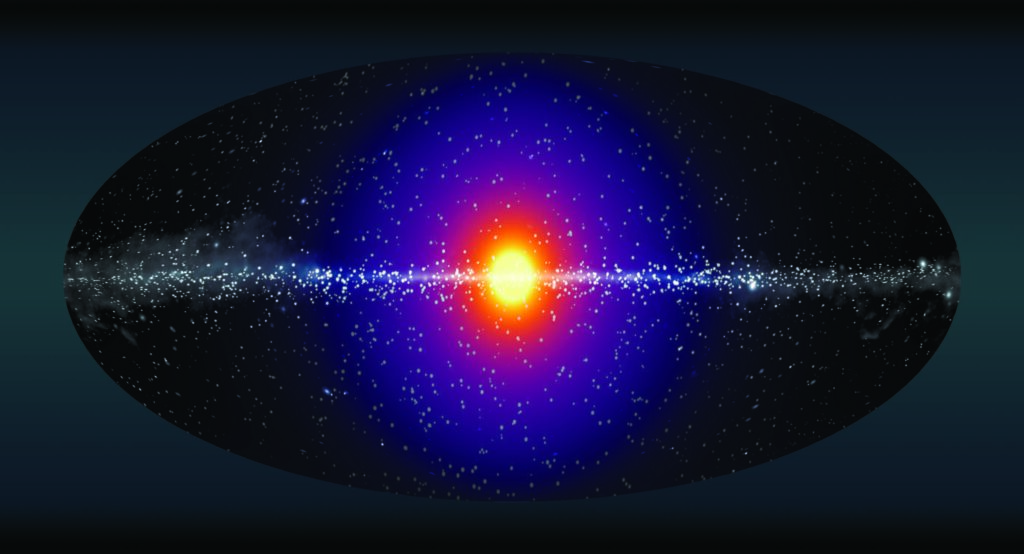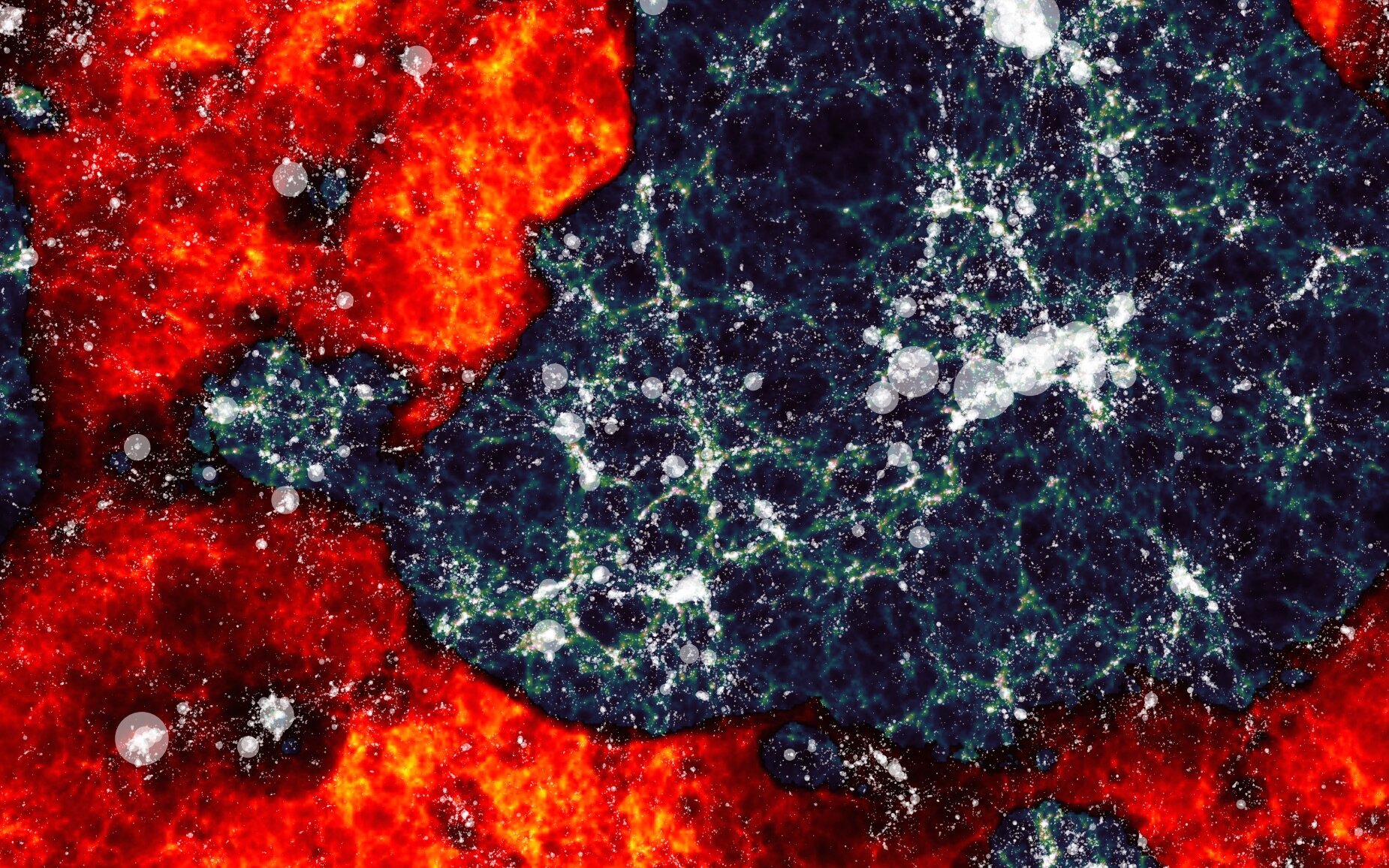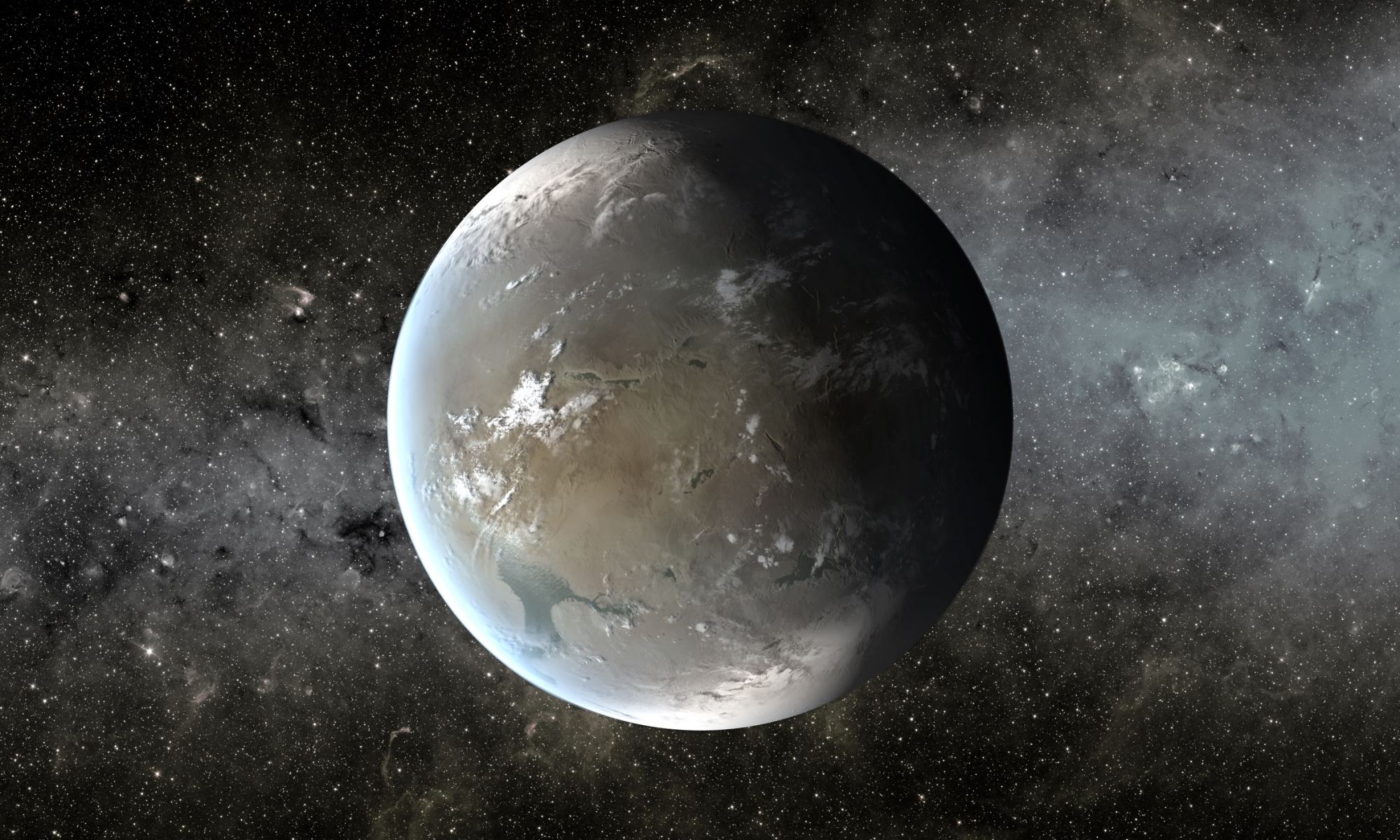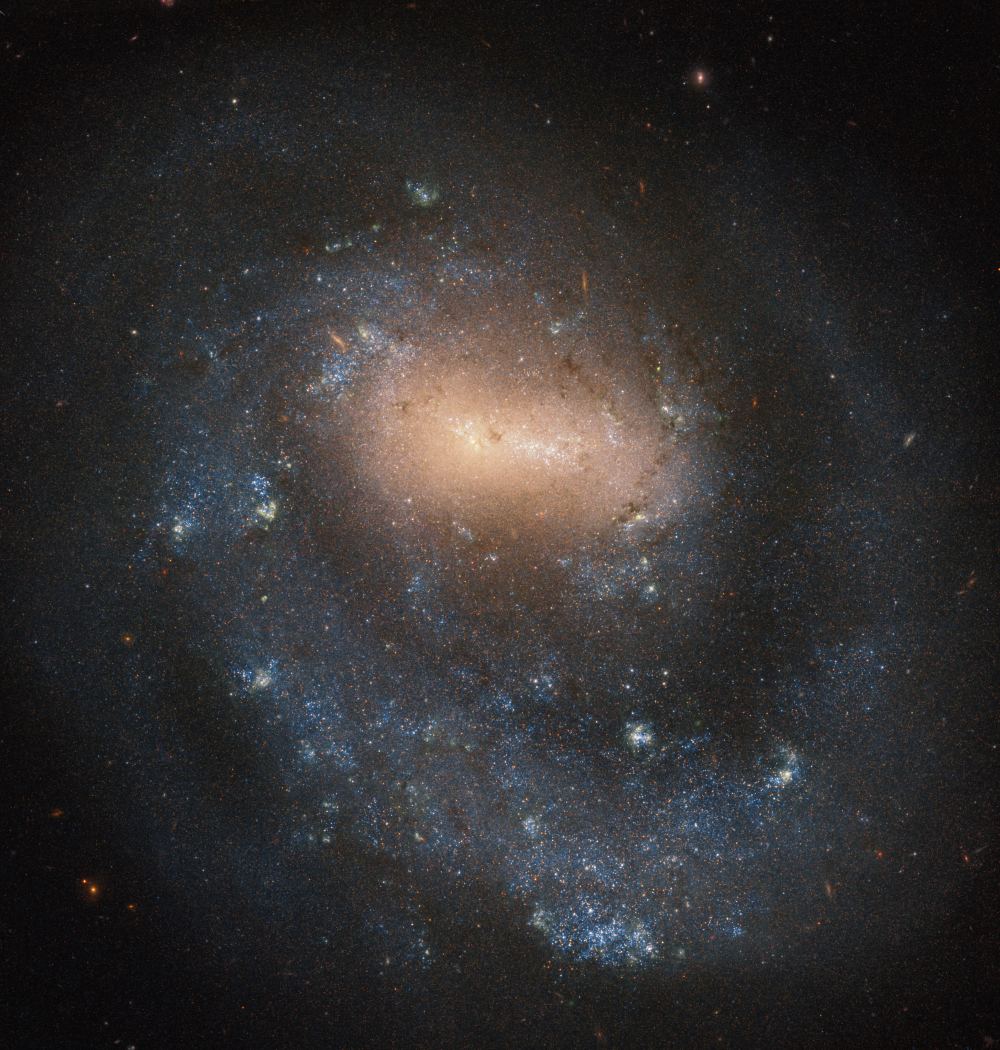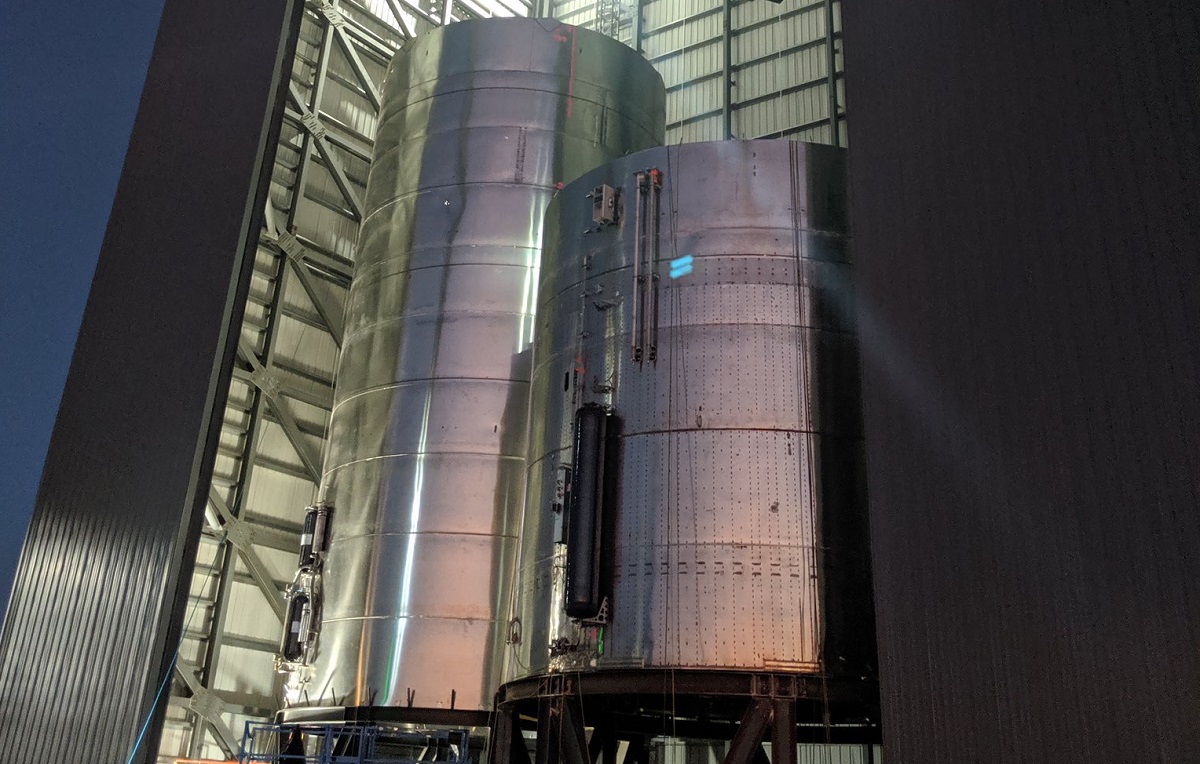About 570 light years from Earth lies WD 1145+017, a white dwarf star. In many respects it’s a typical white dwarf star. Its mass is about 0.6 solar masses, and its temperature is about 15,900 Kelvin. But five years ago, a team of astronomers wrote a paper on the white dwarf, showing that something unusual was going on.
Continue reading “Astronomers Watched a Star System Die”Astronomers Watched a Star System Die
